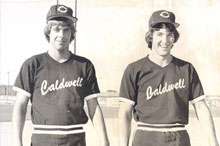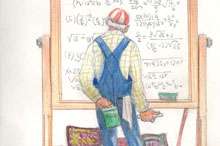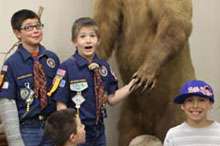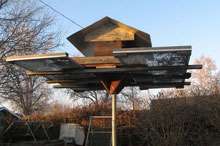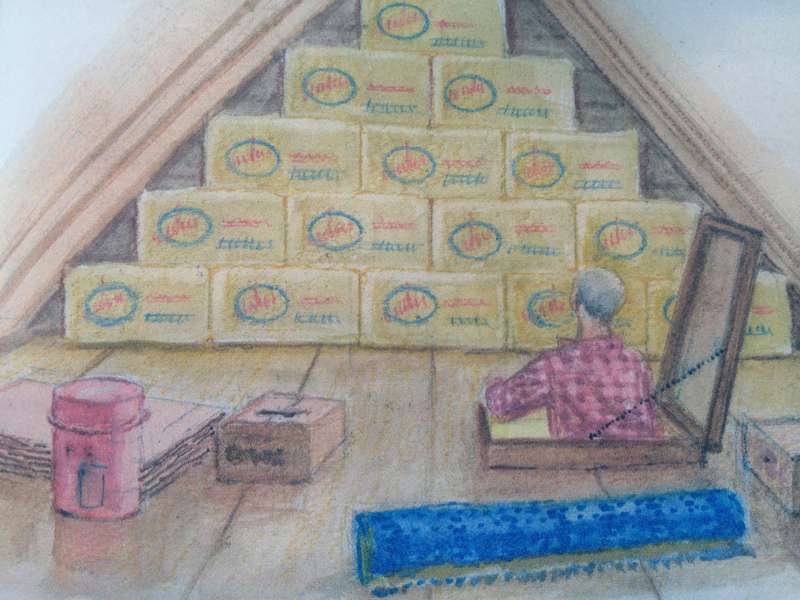“Why do you have the bucket in the house?”
For fifteen minutes or so, my wife had been home from work here in Caldwell and was checking the TV to make sure her favorite soap had been taped.
Since I was in the family room and out of her sight, she hadn’t paid any attention to what I was doing until I kicked that darned metal bucket.
“Just messing around,” I replied, impressed that she’d recognized the sound.
She hit the mute button on the remote. “Why are you always ‘messing around’?” she asked. “Don’t you ever have anything constructive to do?”
“I did all the things you had on the list,” I responded.
“My goodness,” she said. “Do you mean to tell me that you finally put both of those boxes up in the attic and carried out the trash? And it only took you six hours? That may be something of a record.”
“I do my best,” I replied modestly.
“Did you empty the dishwasher?”
“It wasn’t on the list.”
“Why do I have to put things like that on a list?” she asked.
“I’ve got other things on my mind,” I replied. “I don’t know what I’m supposed to do unless it’s on a list.”
“What ‘other things’ did you have on your mind today that were so important?”
“Squirrels,” I said. Continue reading →


